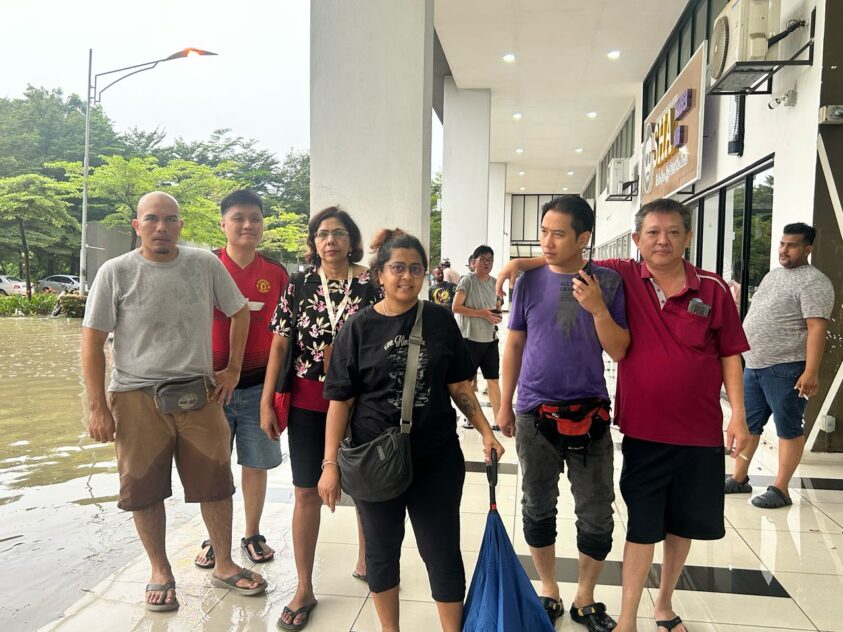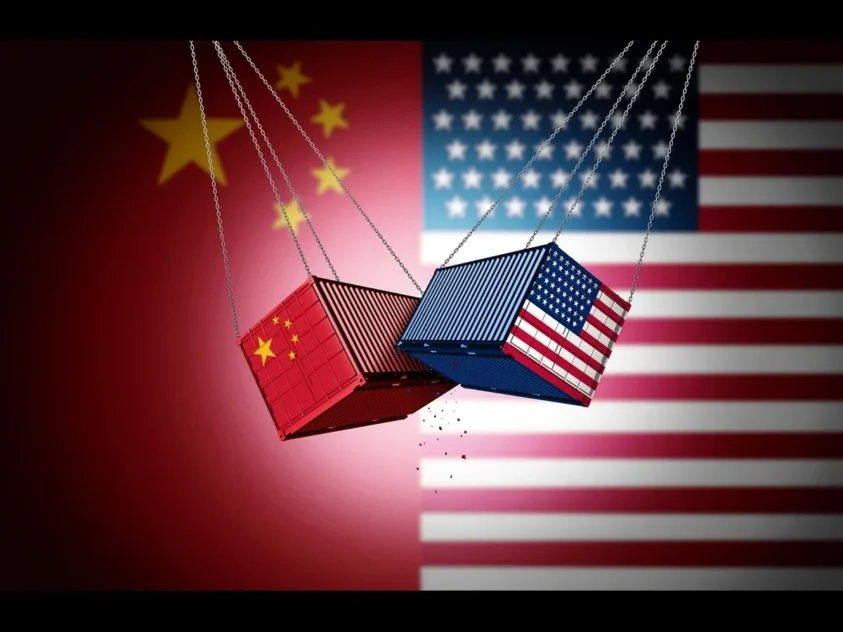YANG di-Pertuan Agong Al-Sultan Abdullah Ri’ayatuddin Al-Mustafa Billah Shah was spot on when he decreed that a long-term plan be drawn up to strengthen Malaysia’s food security amid spiralling food commodity prices.
More importantly, he also admonished finger-pointing, especially with the tendency of the various authorities blaming producers of profiteering when the onus lie squarely on them to draw up a viable master plan to ensure adequate food supply for the nation at affordable pricing.
Joining the chorus is EMIR Research, which has again sounded the alarm bell to not only put food security as “an item” under national security, but that of “a high priority, if not the highest priority agenda”.
It argued that the recent chicken supply shortage is anything but a grim reminder that Malaysia needs to transcend the traditional notion of “food security” achieved via imports supplementation to actual self-sufficiency.
Similar measure must cut across all segments of staple foods, major livestock and aquaculture for obvious national security reasons.
“The COVID-19 pandemic showed Malaysia’s vulnerability in food security when trade activities are halted, depriving Malaysia of its staple food,” observed the strategic policy think tank. “Malaysia had to knock on the doors of foreign nations to ensure it is able to import enough rice.”
Treating food supply as a matter as a national security priority is all about preventing a scramble for ad-hoc solutions like what is happening now once a crisis has struck. Instead of reactive, knee-jerk, unsustainable responses, Malaysia must embark on a combination of immediate, near, medium-, and long-term strategies.
In this regard, EMIR Research shares five vibrant ecosystems that top-performing countries in food security work around with food producers, financiers, policymakers, educators, and even consumers:
- Designate food and water under national security status: Given limited resources, selected food items should be put under the complete self-sufficiency initiative (CSS). A committee or a special task force should be set up to determine this, based on various feasibility matrices. Timeline: Immediate- to short-term
- Localising every part of the CSS-categorised food supply chain to ensure availability and management of costs: An over-reliance on imports, directly for the food or importation of the inputs to its local production is a matter of national security. Timeline: Medium- to long-term
- CSS-categorised food has dedicated supply chains: Establish a dedicated CSS network under national security provision with selected links of suppliers, small farmers and local agri-technopreneurs and retailers. Timeline: Medium- to long-term
- Widespread and deep utilisation of technologies: This to is overcome traditional limitations on yield, productivity, costs, climate/environment, and nutrients. The policy calls for heavy investments and budgetary allocations. Timeline: Short- to long-term
- Address manpower and talent shortages: Short term measures would have to take into consideration of access to foreign talents and labour, but medium- to long-term strategy must shift to home-grown talents via local programmes and educational institutions that are part of the national food security initiative (ie. making agriculture attractive for the youth and to entice unemployed youths to re-locate to rural areas). – June 7, 2022









